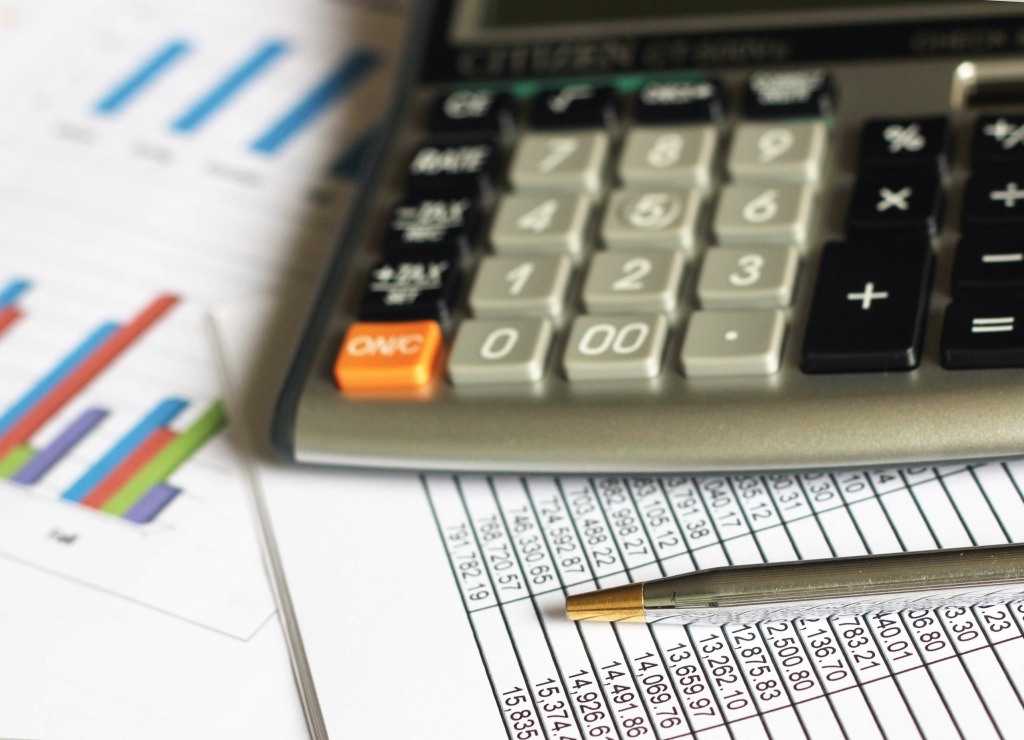
Issued shares are the number of shares issued by a company or the total number of shares in existence. Treasury shares are shares that had been issued but later bought back by the company as part of any share repurchases. The number of treasury shares held by companies is reported in the treasury stock account. Share repurchase, or buyback, is a corporate financial strategy where a company buys back its own shares from the marketplace. This can reduce the number of outstanding shares, often leading to an increase in earnings per share (EPS) and a higher stock price, assuming demand remains constant.
Company
On the other hand, it will reduce if the company undertakes a reverse stock split. Usually, companies undertake stock splits in order to bring a company’s share price within the buying range of retail investors. On the other hand, a company generally embarks on a reverse split or share consolidation if it wants to bring its share price into the minimum range necessary to satisfy exchange listing requirements. Market capitalization represents the total market value of a company’s outstanding shares and is used to gauge a company’s size. The shares outstanding figure is also integral to various other valuation ratios, such as the Price-to-Earnings (P/E) ratio and Price-to-Book (P/B) ratio. The P/E ratio compares a company’s share price to its EPS, helping investors assess whether a stock is relatively expensive or inexpensive compared to its earnings.

Problems with the Market Value of Equity

Companies can issue different types of capital stock each of which carries different rights mainly relating to dividends, and voting. The two types of capital https://rejinser.com/complete-guide-to-contractor-bookkeeping-the-2/ stock usually issued are common stock, and preferred stock. Ever glanced at a balance sheet and felt like you were trying to read hieroglyphics? Financial statements can seem as thrilling as watching grass grow—but they don’t have to be! Think of the balance sheet as a company’s financial selfie, capturing its assets, liabilities, and equity in one snapshot.

A slice of shareholders’ equity
Treasury shares are those that the company has repurchased and holds in its own treasury. They are essentially in reserve and are not considered when calculating the shares outstanding because they don’t contribute to shareholder equity or earn dividends. Share repurchase programs, also known as buybacks, occur when a company buys back its own shares from the marketplace, reducing the number of outstanding shares. This approach can enhance shareholder value by increasing the value of remaining shares, as it often signals the company’s belief in its undervalued stock and impacts the ownership structure. These programs are sometimes discussed during shareholders meetings as part of strategic financial planning.
- To use the first method for calculating outstanding shares of stock, look on the firm’s balance sheet.
- For example, in a 1-for-5 reverse split, every five shares a shareholder owns are combined into one.
- EPS indicates the portion of a company’s profit allocated to each outstanding share of common stock, making it a widely used profitability indicator.
- Companies can reacquire shares in different ways, including tender offers and direct repurchases.
- The outstanding shares formula is represented as issued shares minus shares held in the company’s treasury or treasury stock.
Stick around, because we’re about to demystify how to record common stock on a balance sheet, all without putting you to sleep. While a company has a certain number of outstanding shares, not all of those shares are available for trading, since they may be closely held by some (large) investors. The shares that are available for public trading are called the company’s stock float. While the number of outstanding shares and the public float may be the same, they don’t have to be, such as in the case of one company owning the shares of another company with no plans to sell them. You can compare the differences between the figures on specific dates of the filings to find the change in outstanding shares.
If shares have been issued halfway through the financial year, then only a 6 months impact unearned revenue is included in the weighted average share count. For example, a company might report 10 million shares authorized, 8 million shares issued, and 7.5 million shares outstanding. The difference between issued and outstanding shares is attributed to treasury stock, which represents shares the company has repurchased and holds in its treasury.
How Cynthia Went from Failing 6 Times to Passing the CPA Exam in 6 Months

Discover the purpose & significance of a trial balance, what is a trial balance, and how it helps in financial statement preparation & error detection. Using where is outstanding shares on a balance sheet these resources not only ensures the accuracy of calculations but also helps in generating well-informed, strategic investments. Now that we understand the basics and intricacies of the concept, let us explore the practical application through the examples below. For the past 52 years, Harold Averkamp (CPA, MBA) hasworked as an accounting supervisor, manager, consultant, university instructor, and innovator in teaching accounting online. For the past 52 years, Harold Averkamp (CPA, MBA) has worked as an accounting supervisor, manager, consultant, university instructor, and innovator in teaching accounting online. The larger stock market is made up of multiple sectors you may want to invest in.
- From an accounting perspective, the repurchase of shares reduces the company’s cash reserves on the asset side of the balance sheet if the buyback is financed with cash.
- The Statement of Changes in Equity details movements in a company’s equity over a specific period.
- Shares outstanding refer to the total number of shares held by all shareholders, while floating stock refers to the number of shares available for trading in the public market.
- Stock splits increase the number of outstanding shares of a company by issuing more shares to existing shareholders while maintaining the total value of the shares.
- When a company decides to buy back its own shares, the transaction impacts the stockholders’ equity in several ways.
- Floating stock is calculated by taking outstanding shares and subtracting restricted shares.
Their voting rights allow them to participate in policy decision-making, elect directors, participate in corporate policies, etc. Get instant access to video lessons taught by experienced investment bankers. Learn financial statement modeling, DCF, M&A, LBO, Comps and Excel shortcuts. Thus, the “Net Earnings for Common Equity”—which is calculated by deducting the preferred dividend from net income—amounts to $225 million.

The figure for outstanding shares is useful for an investor to know, especially for an investor that is contemplating buying shares in a company. When you divide the number of shares purchased by the number of shares outstanding, it reveals the percentage of ownership that the investor will have in the business after the shares have been purchased. The number of authorized shares can be substantially greater than the number of shares outstanding since authorized shares represent the maximum possible number of shares a company can issue.